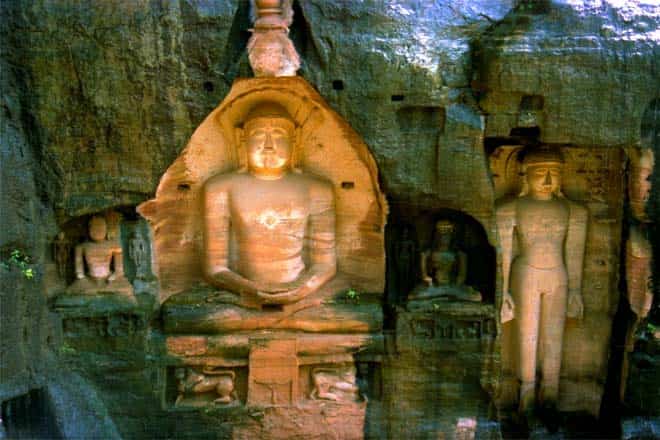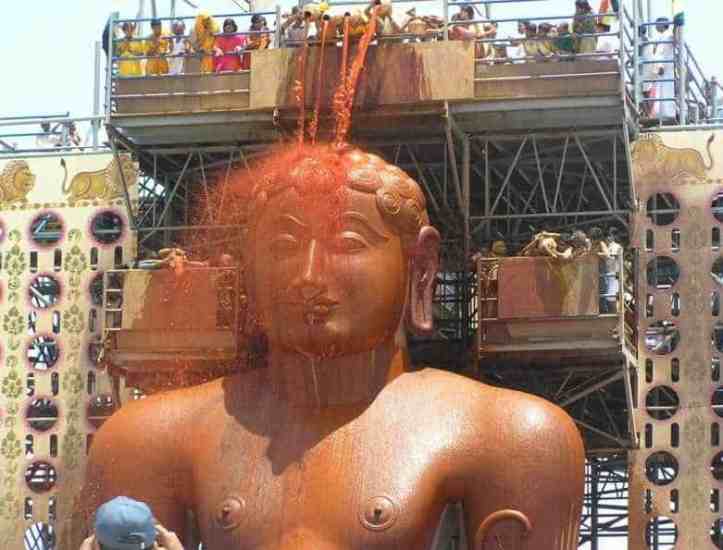The rise of Buddhism and Jainism was a response to counteract the Brahmanical Hindu order in the 6th Century B.C.

Religious revolution began in the 6th Century B.C when religious teachers, philosophers and thinkers began to preach their doctrines that differed from the Brahmanical Hindu order. With the emergence of Jainism and Buddhism, several Hindu religious customs and rituals ended. What were the causes that led to the rise of these shamanic philosophies?
Reasons for the Rise of Jainism and Buddhism
Initially the religious life in ancient India was simple and easy. However, later in time complex rituals and ceremonies dominated the worship. Consequently, poor and lower caste people were unable to observe them. Religion lost its simplicity and became an expensive and elaborate affair. Rigid caste system created inequality in the society and blind faith and superstitious beliefs confused the people.
The priestly class- The Brahmins interpreted religion according to their convenience as the religious literature was written in Sanskrit, and they were the only segment of society who could read the texts. Consequently, they considered themselves superior to others and dominated the society.
Animal sacrifice became common and severely disliked by the people. Additionally, the common man spoke in Prakrit and Pall and could not understand Sanskrit.
These reasons instigated the need for a simpler religion that would remove the evils in the society and propagate equality.
Jainism – Origin, Principle and Influence
Mahavira born in 540 BC in a Kshatriya royal family in Vaishali (modern Bihar) left home at the age of 30 years in search of knowledge. Post performing the rigorous and severe penances he attained Nirvana after twelve years. His teachings included leading a pious life, shunning violence and to be austere. He attained recognition as the 24th Tirthankara (Jain spiritual leader).
Principles
Jainism based on three principles – Right Faith, Right Knowledge and Right Action. Thus, denounced the Vedas and the Brahmanical order, opposed the caste system, and conducting of sacrifices.
Followers of Jainism take five vows- non-injury to living beings, truth, and non-stealing, non-ownership of property and practice of chastity.

Influence
Jainism became popular amongst the royal dynasties – Ganga, Kadamba, Chalukya and Rashtrakuta. The affluent merchants of Gujarat patronized this religion.
The teachings of Jainism recorded, compiled and edited in the 5th century AD, and the followers of Jainism spread to South India. Consequently, two sects emerged – Digambars and the Svetambaras. The monks practice non-violence to the extent that they cover their mouths with white cloth to prevent accidentally inhaling insects.
Buddhism – Origin, Principle and Influence
Buddha or Prince Siddhartha born in 567 B.C in Nepal laid the foundation of Buddhism. The religion evolved from the misery seen by him. He became a hermit at 29 years and attained Enlightenment after 12 years of meditation under the Banyan tree in Bihar.
Principles
Based on his worldly experience he preached ahimsa and love for all living beings. His 8-fold path included- Right Thought, Right Living, Right Belief, Right Efforts, Right Speech, Right Knowledge, Right Meditation and Right Action.
The successors of Buddha called Bodhisattvas preach non-violence and equality to men. Buddhism neither denies nor accepts the existence of God rather believes in Karma. His teachings are compiled into three books- Tripitakas.

Influence
Buddhism spread rapidly because the principles were easy to follow, and were written in Pall language. People embraced Buddhism because it preached equality and condemned expensive rituals. The Buddhist monasteries removed poverty and educated the people. Patronage by kings like Asoka and Kanishka helped spread Buddhism globally.
Click here to know about Buddhist Pilgrimage Sites in India
Contribution
Educational centres like Nalanda and Vallabhi emerged as powerful teaching grounds for Buddhism. Several attractive stupas at Sanchi and Nalanda built. The Gandhara sculptures and Ellora and Ajanta paintings are the gifts of Buddhism. Chaityas carved from rocks were the prayer halls and viharas of the monasteries.